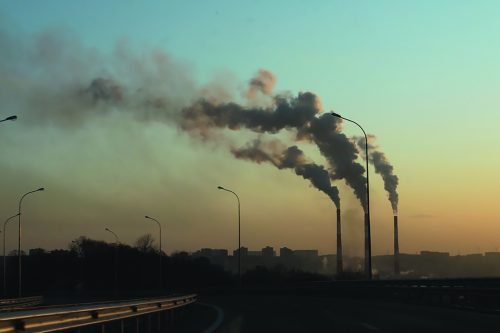Climate change has been ranked a top global threat, with indicators such as carbon dioxide (CO22) levels illustrating its rapid progression. Each year, CO2 levels are lowest in September—but this year, even at their annual minimum, CO2 levels failed to fall below 400 parts per million (ppm). Scientists consider 400ppm to be the “fail-safe” ceiling for CO2 levels. Beyond this concentration means that Earth has permanently surpassed 350ppm, the highest level needed to maintain climate stability. So when the Mauna Loa Observatory, a global monitoring facility in Hawaii, discovered that CO2 levels remained unusually high this year, the news was concerning for many experts.
“We won’t be seeing a monthly value below 400ppm this year—or ever again for the indefinite future,” said Ralph Keeling, director of the Scripps Institute for Oceanography, after he analyzed the daily Mauna Loa recordings.
With global CO2 continuing to rise, has our atmosphere been irreversibly altered? Joshua Galperin, research scholar and lecturer in law at Yale Law School and the Yale School of Forestry and Environmental Studies as well as the director of the Environmental Protection Clinic, believes we can address the problem if both policymakers and citizens make changes. “[Policymakers] need to be imaginative,” he said. Specifically, he promoted the elimination of coal power to begin any energy reformation.
Galperin further suggested that citizens use their skills in economies “built on carbon” to ensure integrity as they retract from carbon. He also emphasized the need for hope at the forefront of our actions to combat climate change.

